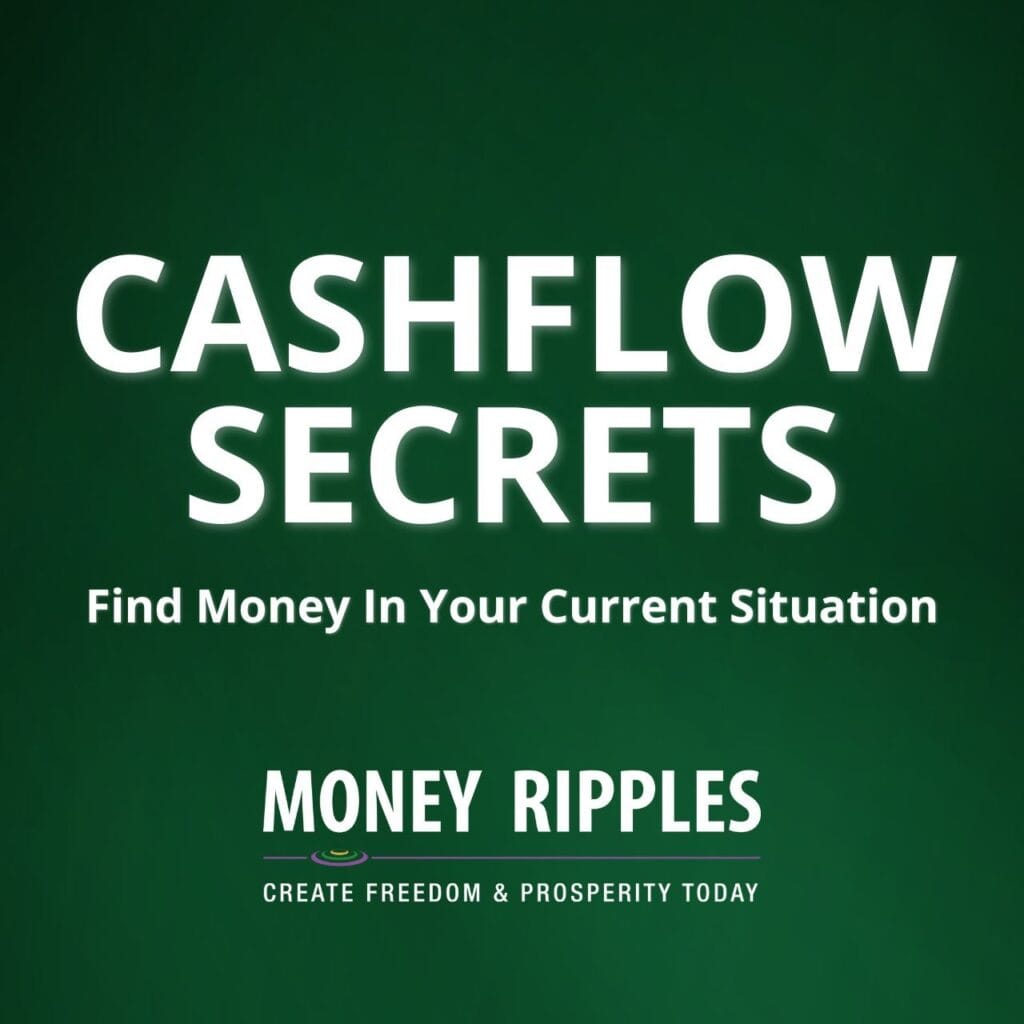How to Create an Online Marketplace Like Etsy or Amazon

What if you could build the next Etsy or Amazon and start earning while others sell? Sounds exciting, right? We’re diving into how to create an online marketplace from scratch. We’re talking real strategies, real tools, and zero fluff. Whether you’re building a niche craft platform or the next global shopping giant, this guide is your step-by-step playbook. Let’s get it!
1: Understanding the Online Marketplace Model
Before you build anything, understand the beast you’re creating. An online marketplace connects buyers and sellers, handles transactions, and ideally takes a commission. Think Etsy for handmade goods, Amazon for everything, or niche platforms like StockX or Udemy. You’re not selling products — you’re creating a platform where others do. This means your job is building trust, ease of use, and value. Get this part right, and your marketplace becomes a money magnet.
2: Finding Your Niche and Target Audience
Don’t try to be the next Amazon out the gate — start focused. Find a niche where there’s passionate demand and underserved sellers. Maybe it’s eco-friendly pet products or digital templates for creators. Research forums, Reddit threads, Facebook groups, and Etsy/Amazon subcategories. Know your audience inside out — what they buy, why they buy, and what they complain about. Your niche is your advantage.
3: Business Model & Revenue Strategy
How will your platform make money? Commission-based is the norm — take a cut from every sale. You could also add subscription tiers for premium sellers, featured listing fees, or ad placements. Keep fees fair — sellers won’t come back if you squeeze too hard. Outline this clearly before you start building, because it influences everything from your software to your signup flow.
4: Choosing the Right Tech Stack
Now it’s time to get technical. You’ve got three paths: build from scratch with developers, use SaaS platforms like Sharetribe or Arcadier, or go the WordPress route with WooCommerce + plugins. If you’re bootstrapping, SaaS platforms are a great start — low code, fast to deploy. If you’ve got capital, hire devs and build something custom. Just make sure your tech supports multi-vendor setups, secure payments, and responsive design.
5: Designing an Irresistible User Experience
Your marketplace should be buttery smooth. Sellers need simple onboarding. Buyers want fast search, clear categories, beautiful product pages, and secure checkout. Look at what Etsy does right — warm branding, trust badges, product reviews, seller profiles. UX isn’t just about looks — it’s about conversion. If users get lost or frustrated, they’ll bounce.
6: Seller Acquisition 101
Without sellers, your marketplace is a ghost town. Start outreach before you even launch. DM potential vendors on Instagram, post in niche Facebook groups, or run small ads targeting Etsy sellers. Offer early-bird perks like reduced fees, free listings, or promo boosts. Treat your sellers like VIPs — they’re your lifeblood. Build a seller community early and keep it active.
7: Building Buyer Trust and Traffic
Now that you’ve got sellers, bring in the buyers. Content marketing, SEO, influencer collabs, and Pinterest — these are your allies. Trust signals like product reviews, money-back guarantees, and secure payments matter. Nobody wants to be scammed. Run giveaways, post user-generated content, and showcase your best sellers. Create buzz that drives clicks and trust that drives sales.
8: Setting Up Secure Payment and Shipping Systems
No marketplace survives without smooth transactions. Use trusted payment gateways like Stripe, PayPal, or Razorpay. Allow for split payments so your cut goes directly to you while sellers get theirs. Shipping can be seller-handled or you can offer partnerships with courier services. Automate tracking updates and make it easy for sellers to print labels and buyers to check order status.
9: Scaling Your Marketplace Smartly
Once you’ve got traction, it’s time to scale. Add more categories, introduce seller verification, or expand internationally. Use analytics to track best-selling items, repeat buyers, and drop-off points. Reinvest in performance marketing, better UX, and new seller recruitment. Scaling isn’t just about more — it’s about smarter. Grow your team, upgrade your tech, and streamline customer support.
10: Monetization Upgrades and Long-Term Vision
Think long-term. Introduce subscription plans, offer branded storefronts, or launch a mobile app. Create a marketplace blog, a YouTube channel, or even host seller webinars. The bigger your platform, the more opportunities — partnerships, data licensing, private labels. Keep evolving and keep your community engaged. You’re not just building a site. You’re building an ecosystem.
Creating an online marketplace like Etsy or Amazon isn’t easy — but it’s 100% doable. Start with the right mindset, niche down, build trust, and scale smart. Every big platform started small. What matters is that you start. So go from viewer to builder, and let your marketplace become the next big thing on the internet.
Men’s trending fashion and how to look attractive. Here teaching fashion, so make sure to check it out.
Men’s Fitness tips, what you eat and how to stay fit your body. The best workout and best diet plan, so make sure to check it out.
Men’s lifestyle tips, how to live a better life, and changing your lifestyle tips, so make sure to check them out.
It cannot be denied that men have finally come to their senses when it comes to good grooming and fashion statement.
Men are also equally frustrated with bad hair days in their life, even though not as annoyed as women. Even though men have short haircuts, they also face problems in maintaining their hair.
There are no formulae for success but there are some successful entrepreneur tips that can help make things a little simpler.









